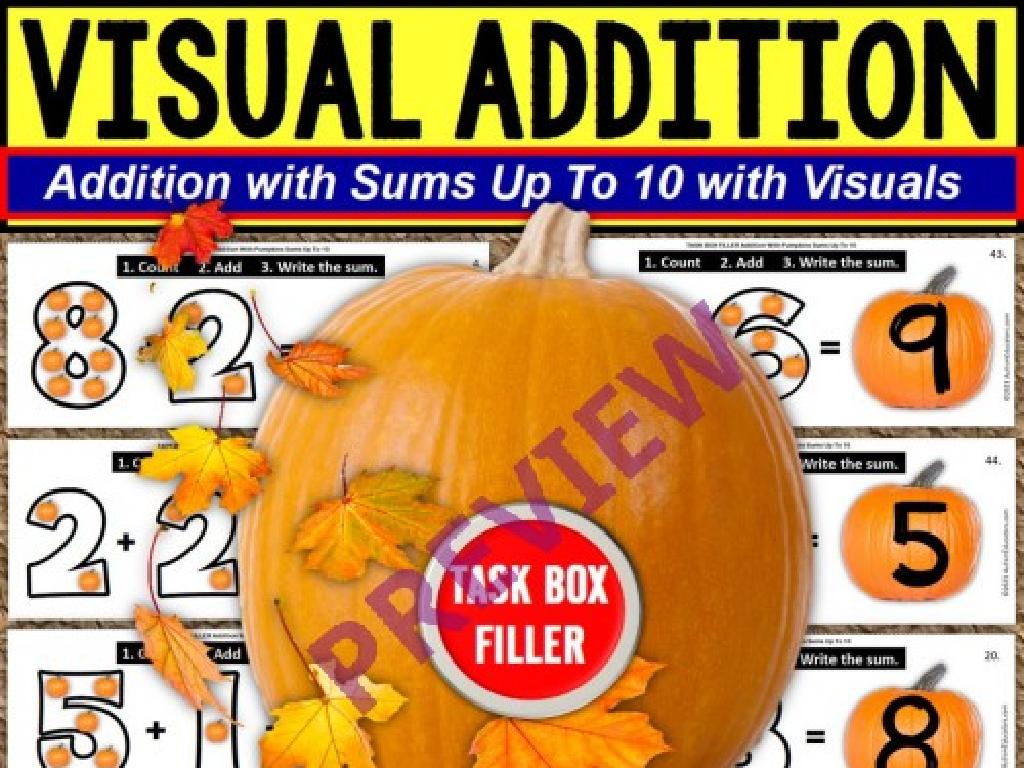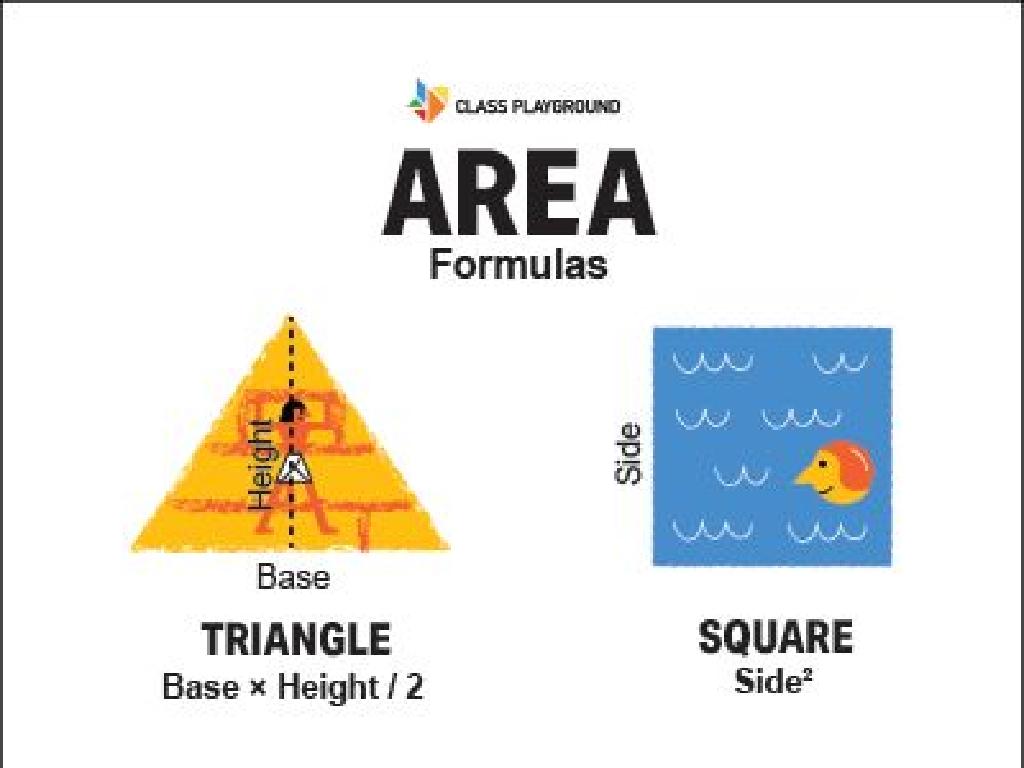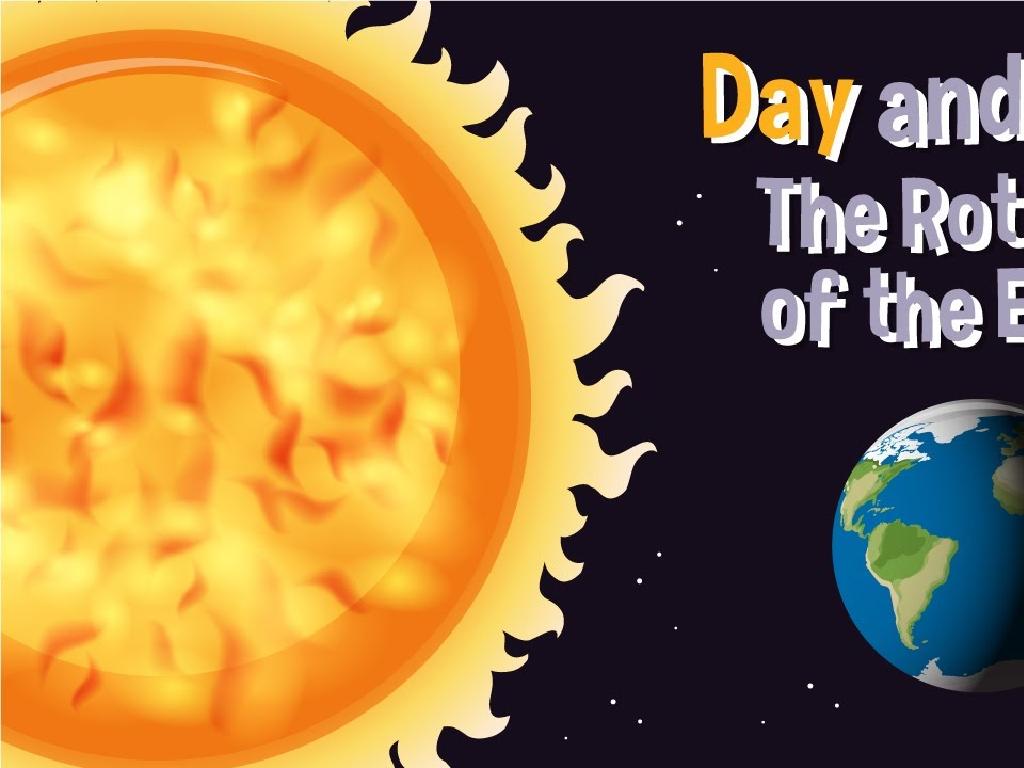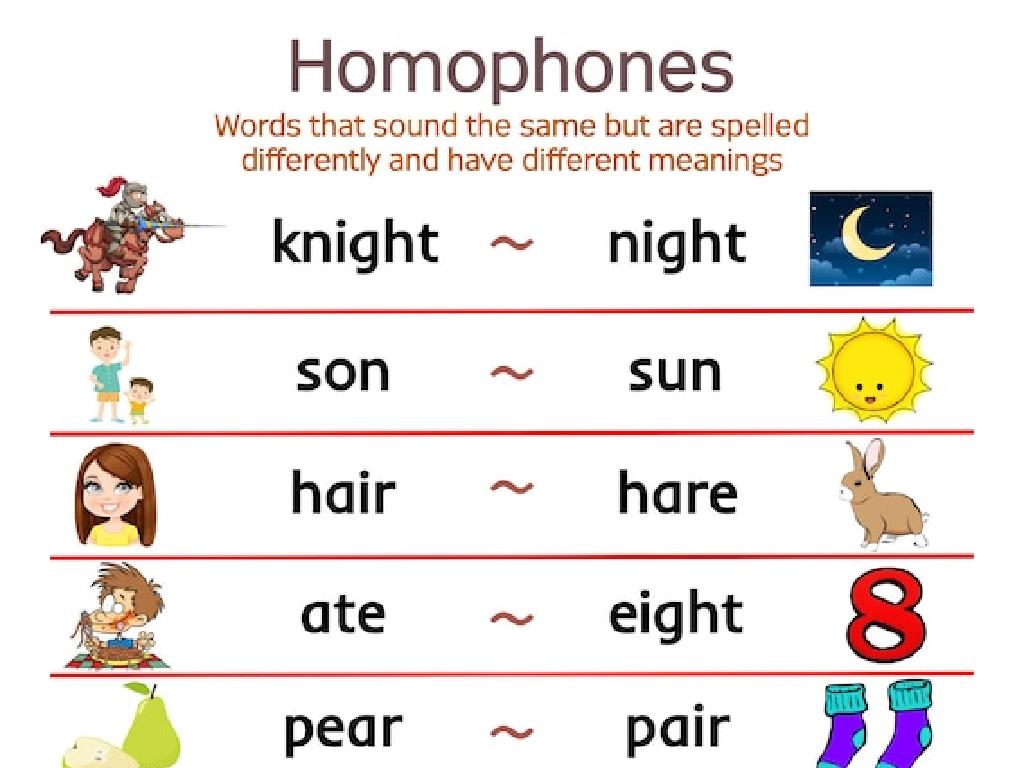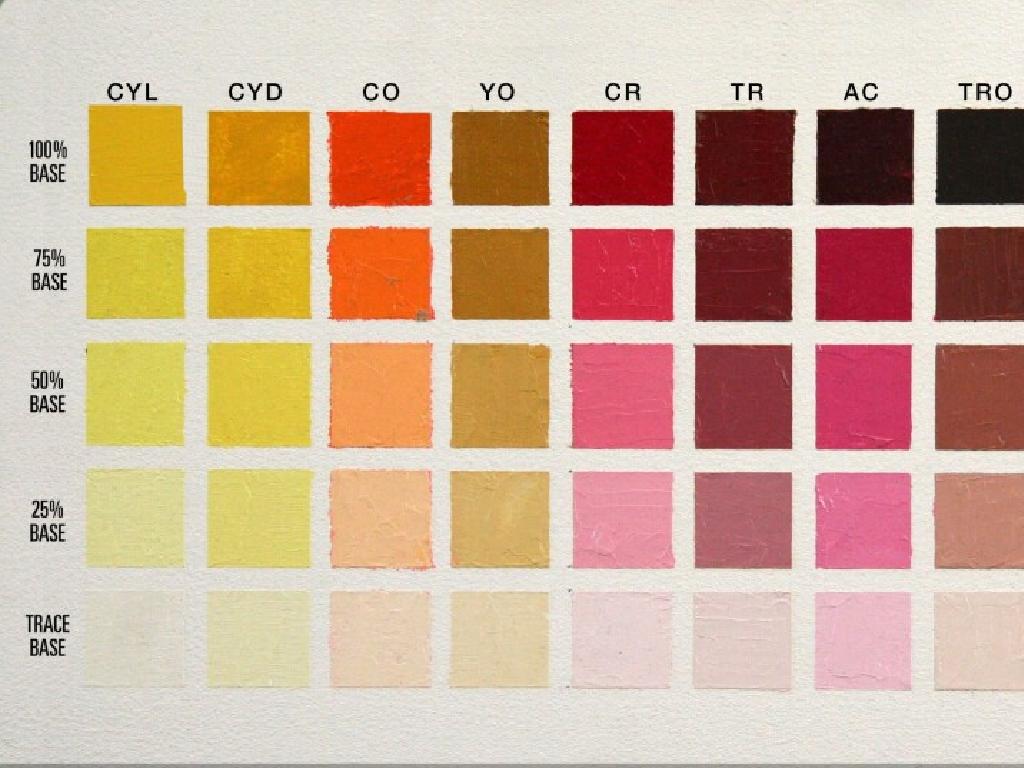Describe Tectonic Plate Boundaries Around The World
Subject: Science
Grade: Eighth grade
Topic: Earth'S Features
Please LOG IN to download the presentation. Access is available to registered users only.
View More Content
Exploring Earth’s Dynamic Features: Tectonic Plate Boundaries
– Earth’s layers and tectonic plates
– The Earth is made of layers; the outermost is broken into tectonic plates.
– Types of plate boundaries
– Divergent, convergent, and transform boundaries shape our planet.
– Effects of plate movements
– Movements can cause earthquakes, volcanoes, and mountain building.
– Examining boundary examples
– Look at the Pacific Ring of Fire and the Mid-Atlantic Ridge.
|
This slide introduces students to the concept of tectonic plates and their boundaries, which are crucial to understanding Earth’s dynamic nature. Begin by explaining the structure of the Earth and the existence of tectonic plates. Discuss the three main types of plate boundaries: divergent, where plates move apart; convergent, where they come together; and transform, where they slide past one another. Highlight the effects these movements have on geological activity, such as earthquakes and the creation of mountains. Use real-world examples like the Pacific Ring of Fire, known for its high volcanic activity, and the Mid-Atlantic Ridge, where new crust is formed, to provide a tangible context for these concepts. Encourage students to think about how these processes have shaped the Earth’s surface over millions of years.
Exploring Tectonic Plate Boundaries
– Define tectonic plates
– Large pieces of Earth’s crust that move over the asthenosphere
– Earth’s layers: Lithosphere & Asthenosphere
– The rigid lithosphere sits on the semi-fluid asthenosphere
– Tectonic plates’ impact on Earth
– Movement can cause earthquakes, volcanoes, and mountains
– Examples of plate boundaries
– Convergent, divergent, and transform boundaries
|
This slide introduces the concept of tectonic plates and their significance in shaping Earth’s surface. Begin with a definition of tectonic plates as large, moving pieces of the Earth’s crust. Explain that the lithosphere includes the crust and the upper mantle, which rests upon the more pliable asthenosphere. Discuss how the movement of these plates can lead to geological phenomena such as earthquakes, volcanic activity, and the formation of mountain ranges. Provide examples of the three main types of plate boundaries: convergent (where plates collide), divergent (where plates separate), and transform (where plates slide past each other). Use this slide to set the foundation for understanding the dynamic nature of our planet.
Exploring Tectonic Plate Boundaries
– Convergent Boundaries: Plates collide
– Mountains form, e.g., Himalayas
– Divergent Boundaries: Plates diverge
– New crust forms, e.g., Mid-Atlantic Ridge
– Transform Boundaries: Plates slide
– Earthquakes occur, e.g., San Andreas Fault
– Impact on Earth’s landscape
|
This slide introduces students to the three main types of tectonic plate boundaries and their effects on Earth’s landscape. Convergent boundaries occur where two plates are moving towards each other, often resulting in the formation of mountain ranges like the Himalayas. Divergent boundaries are areas where plates are moving apart, which can lead to the creation of new crust, as seen at the Mid-Atlantic Ridge. Transform boundaries are characterized by plates sliding past one another, a process that can cause earthquakes, such as those along the San Andreas Fault in California. Understanding these boundaries helps explain many of Earth’s physical features and geological activities. Encourage students to think about how these massive earth movements shape our world and to research specific examples of each type of boundary.
Convergent Boundaries: Earth’s Powerful Edges
– Characteristics of convergent boundaries
– Where tectonic plates move towards each other, often causing one to dive beneath the other.
– Mountains and volcanoes at these boundaries
– Colliding plates can push the Earth’s crust upward forming mountains, or trigger volcanic eruptions.
– The Himalayas: A colossal example
– The Himalayas were formed by the collision of the Indo-Australian and Eurasian plates.
|
This slide focuses on convergent boundaries, one of the three main types of tectonic plate boundaries. Students should understand that convergent boundaries are locations where two tectonic plates are moving towards each other. This movement can result in one plate sliding beneath the other, a process known as subduction, which can lead to the formation of mountain ranges and volcanic activity. The Himalayas are a prime example of mountain formation due to the convergence of two major plates. Emphasize the scale and the ongoing nature of these geological processes. Encourage students to think about how such massive mountain ranges have an impact on climate, biodiversity, and human populations.
Exploring Divergent Boundaries
– Characteristics of divergent boundaries
– Areas where tectonic plates move apart, creating new crust
– Rift valleys and mid-ocean ridges formation
– Rift valleys occur on land, mid-ocean ridges under the sea
– The Mid-Atlantic Ridge: A real-world example
– The Mid-Atlantic Ridge is where the Eurasian and North American plates separate
|
Divergent boundaries are crucial to understanding plate tectonics as they are the sites where new crust is generated as the Earth s lithospheric plates move apart. Features associated with these boundaries include rift valleys, which are found on land, and mid-ocean ridges, which are underwater mountain ranges formed by plate separation. The Mid-Atlantic Ridge is a prime example of a divergent boundary that students can relate to, as it is the reason for the Atlantic Ocean widening by a few centimeters each year. This slide will help students visualize the concept of plate tectonics and understand the dynamic nature of the Earth’s crust.
Exploring Transform Boundaries
– Characteristics of transform boundaries
– Areas where tectonic plates slide sideways past each other
– Association with earthquakes
– Sudden movements can cause earthquakes at these boundaries
– Fault lines explained
– Cracks where the plates move against each other
– The San Andreas Fault case study
– A well-known example of a transform boundary located in California
|
Transform boundaries are places where tectonic plates move laterally relative to each other. This movement can cause intense friction, leading to earthquakes when the stress is released. Fault lines are the surface expressions of these boundaries and can be observed as distinct features in the landscape. The San Andreas Fault is a prime example of a transform boundary, where the Pacific Plate and the North American Plate slide past each other. It has been responsible for significant seismic activity in California. When discussing this topic, use diagrams to illustrate the movement at transform boundaries and provide historical data on earthquakes associated with the San Andreas Fault to give students a real-world context.
Plate Tectonics and the Ring of Fire
– Explore the Pacific Ring of Fire
– A path along the Pacific Ocean characterized by active volcanoes and frequent earthquakes.
– Connection: Volcanoes and Earthquakes
– Many volcanoes and earthquakes occur along the Ring due to the movement of tectonic plates.
– Significance of the Ring of Fire
– Studying this area helps us understand the interactions between Earth’s tectonic plates.
– Observing Plate Boundaries
– The Ring of Fire is an ideal place to observe the effects of plate boundaries colliding, separating, and sliding past each other.
|
This slide introduces students to the concept of the Pacific Ring of Fire, a major area in the basin of the Pacific Ocean where a large number of earthquakes and volcanic eruptions occur. It’s crucial for students to understand that the Ring of Fire is a direct result of plate tectonics and the movement of the Earth’s lithosphere. This region is home to over 75% of the world’s active and dormant volcanoes, making it an essential area of study for understanding the dynamics of Earth’s surface. By examining the Ring of Fire, students can visualize how the Earth’s plates interact with one another, leading to natural phenomena such as earthquakes and volcanic eruptions. The slide should emphasize the importance of this region in demonstrating the principles of plate tectonics and its role in shaping the Earth’s topography.
Class Activity: Model Plate Boundaries
– Craft plate boundary models
– Use sponges, slime, and cardboard
Sponges represent tectonic plates, slime for magma, cardboard for crust
– Demonstrate boundary types
Show divergent, convergent, and transform boundaries
– Discuss and describe each model
Explain the geological activity at your boundary model
|
This hands-on activity is designed to help students visualize and understand the different types of tectonic plate boundaries. Provide each student or group with sponges to simulate the tectonic plates, slime to represent the magma beneath the plates, and cardboard to act as the Earth’s crust. Students will manipulate these materials to model divergent (plates move apart), convergent (plates come together), and transform (plates slide past each other) boundaries. After creating the models, students will share their work with the class and discuss the geological processes occurring at each type of boundary, such as earthquakes, volcanic eruptions, and mountain formation. This activity will reinforce their understanding of plate tectonics and its role in shaping the Earth’s surface. Prepare to offer guidance and ensure safety when handling materials.
Tectonic Plate Boundaries: Summary & Impact
– Recap of plate boundary types
– Convergent, divergent, transform
– Effects of plate movements
– Earthquakes, mountains, volcanoes
– Earth’s landscape formation
– How tectonics shape our world
– Open floor for Q&A session
|
This slide aims to summarize the key points about tectonic plate boundaries and their effects on Earth’s features. Review the three types of boundaries: convergent (plates come together), divergent (plates move apart), and transform (plates slide past each other). Discuss how these movements can lead to natural phenomena such as earthquakes, mountain formation, and volcanic activity, shaping the planet’s landscape over time. Finally, encourage students to ask questions to clarify their understanding, ensuring they grasp the concepts discussed throughout the lesson.

